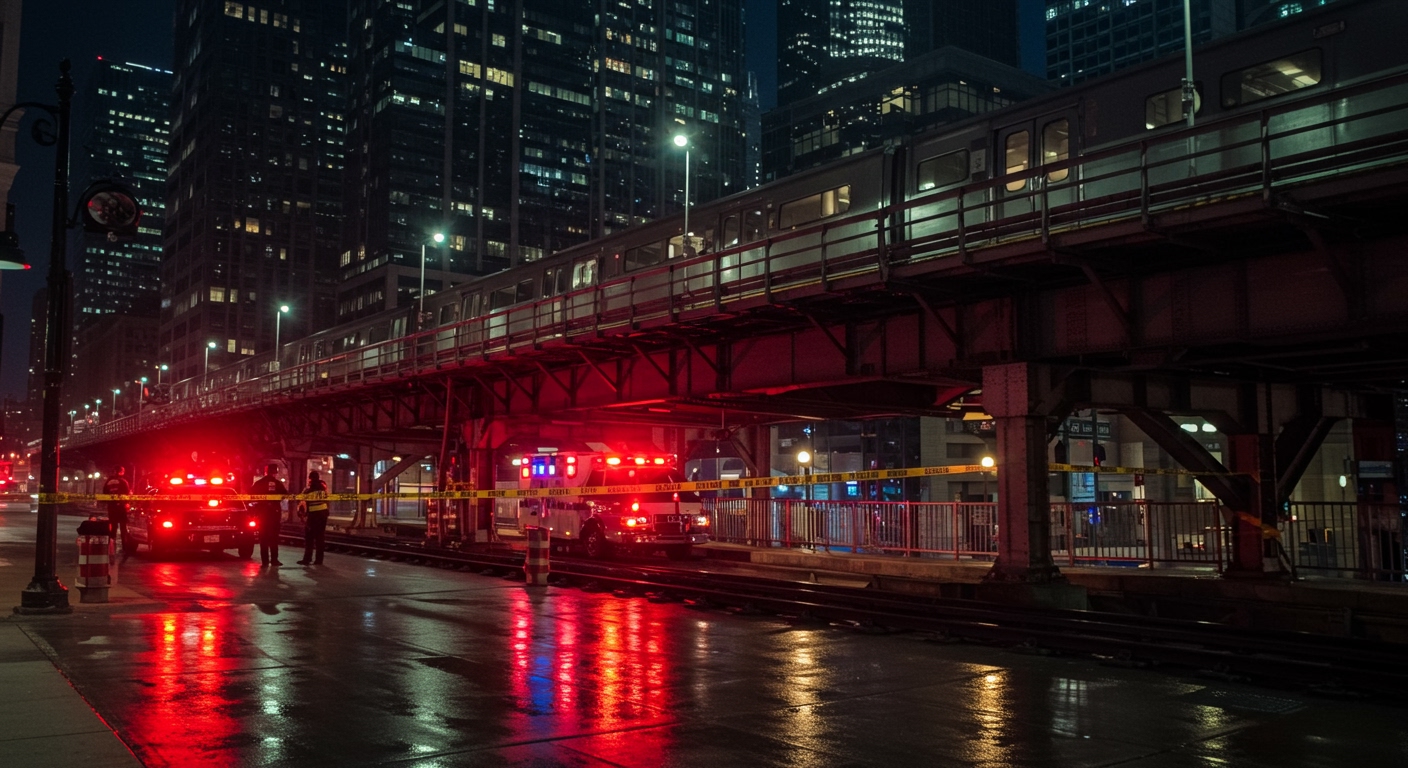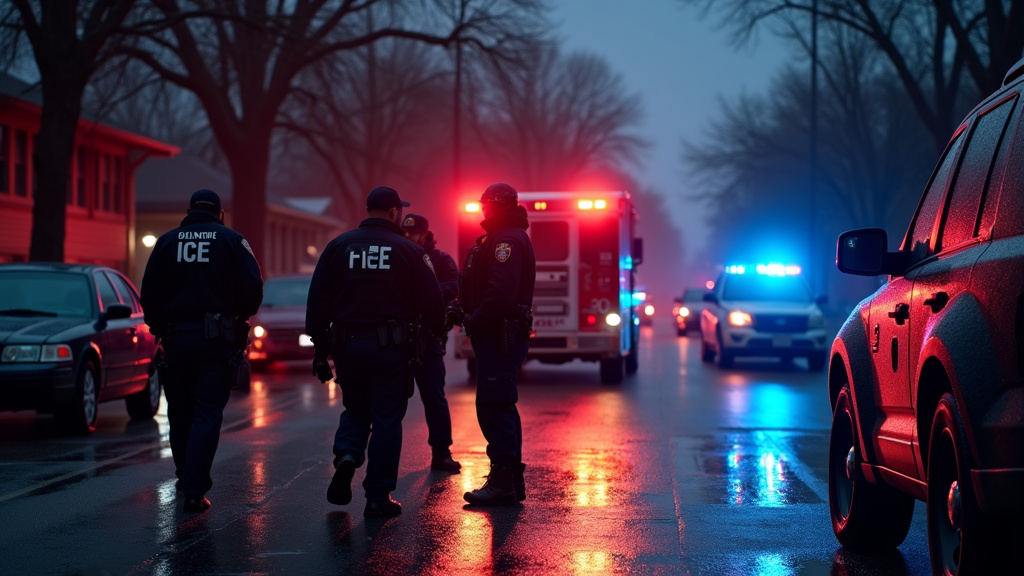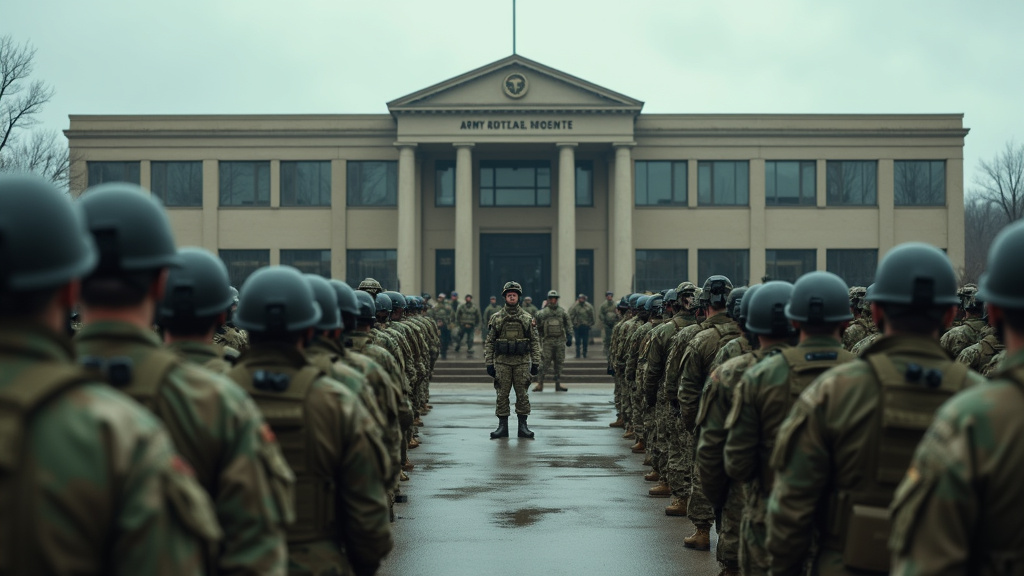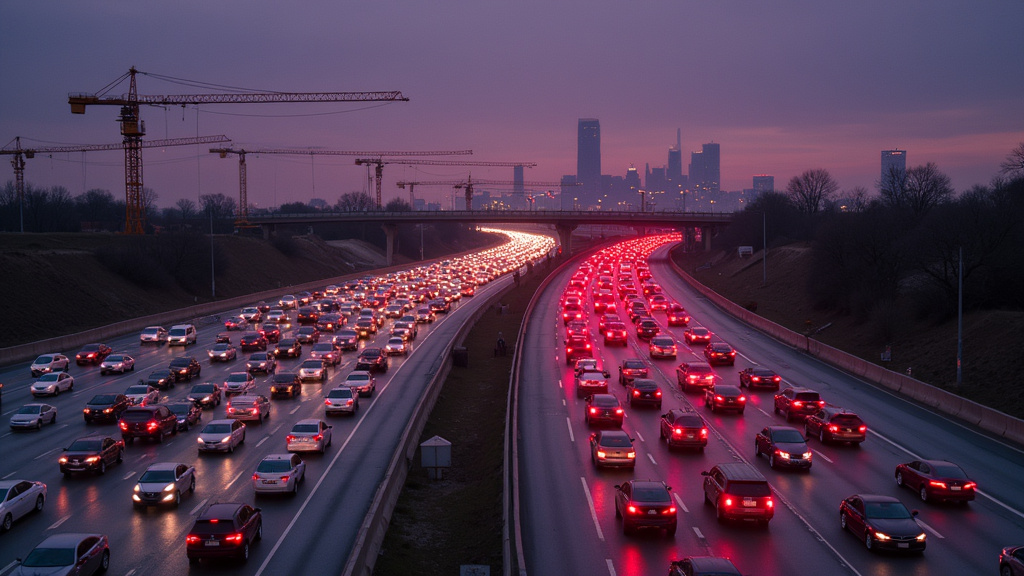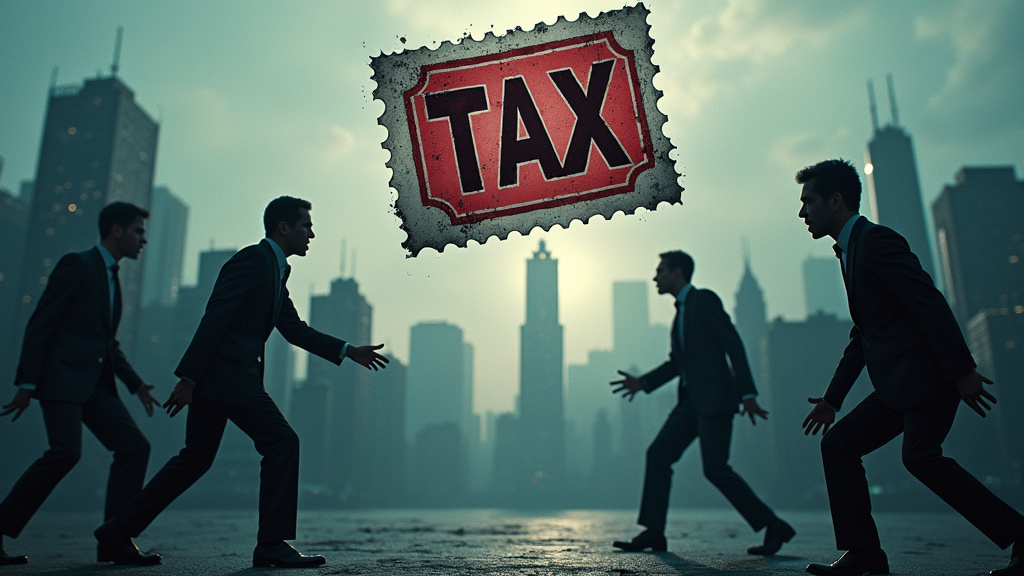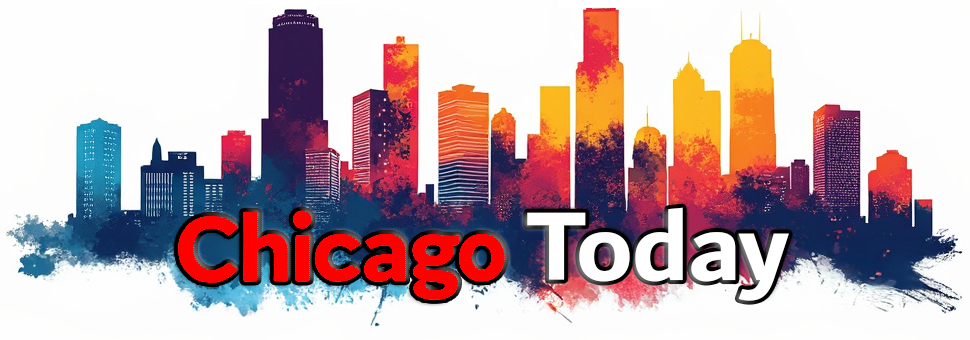CHICAGO – Tensions flared on Chicago’s South Side when U.S. Immigration and Customs Enforcement (ICE) agents deployed tear gas to disperse a crowd of protesters following a high-speed chase and subsequent arrest. The incident, which occurred amidst an intensified immigration enforcement campaign, has drawn sharp criticism from state officials and ignited further debate over federal tactics and civil liberties.
The event began Tuesday afternoon when Border Patrol agents initiated a high-speed pursuit of a vehicle driven by an individual suspected of being in the country illegally. According to the Department of Homeland Security (DHS), the suspect rammed a Border Patrol vehicle before attempting to flee. The chase concluded in a collision on a residential street, after which the driver attempted to flee on foot but was apprehended by agents.
As agents made the arrest, a crowd of residents and protesters gathered at the scene. DHS officials stated that “crowd control methods were used” after some individuals in the crowd began throwing objects at federal agents. This led to the deployment of tear gas into the street by ICE agents, causing panic and forcing people to flee while covering their faces. The Chicago Police Department (CPD) confirmed that federal agents deployed the tear gas. In the chaotic aftermath, at least thirteen CPD officers were exposed to the irritant, with one seen rinsing their eyes with a garden hose.
Governor JB Pritzker vehemently condemned the actions of the federal agents. “I’ve never seen it like this in the United States of America,” Pritzker stated, calling the use of tear gas and other crowd control weapons against protesters “abominable.” He accused the Trump administration of using federal agents as “political props and pawns in its illegal attempt to militarize America’s cities.” The governor highlighted Chicago’s low homicide rates and strong employment figures, suggesting the federal crackdown was politically motivated rather than crime-driven.
The tear gas deployment was not an isolated event in Chicago; reports indicate federal agents had used similar tactics in other neighborhoods during the heightened immigration enforcement operations, dubbed “Operation Midway Blitz.” These operations have been met with significant community resistance, with residents organizing to monitor and report ICE activity.
In a related development, the “ICE Sighting-Chicagoland” Facebook group, which boasted nearly 80,000 members and was used by residents to warn each other about the presence of federal immigration agents, was suspended by Meta (Facebook’s parent company) at the request of the Trump administration’s Department of Justice. The DOJ claimed the group was being used to “dox and target ICE agents.” Meta stated the group violated its policies against “coordinated harm.” This action drew criticism from groups like the ACLU of Illinois, which labeled the suspension “troubling” and indicative of the administration’s efforts to “stifle dissenting speech.”
The broader context of these events involves intense scrutiny of ICE and Border Patrol operations in Chicago. Activists and residents have accused federal agents of increasingly combative tactics, including aggressive raids, the use of helicopters, and the deployment of chemical agents in residential areas. Videos of federal agents using tear gas, pepper balls, and employing rough handling of protesters and journalists have gone VIRAL, fueling outrage and demands for accountability.
Amidst this backdrop, community efforts to resist federal immigration enforcement have intensified. Residents have organized protests, established hotlines to report ICE sightings, and sought legal challenges against federal actions. The confrontation on the South Side serves as a stark reminder of the ongoing tensions between federal immigration authorities and the Chicago communities they operate within. This NEWS cycle continues to highlight the deep divisions and the battle for civil liberties playing out in the city.
The incident underscores a pattern of escalating confrontations and raises significant questions about the balance between law enforcement operations and the rights to free speech and assembly. As federal enforcement continues, the community’s response and official condemnations signal a persistent challenge to the methods employed. The full implications of this confrontation, and the broader enforcement campaign, are still unfolding, making it a HEADLINE story with significant implications for the nation’s approach to immigration.


